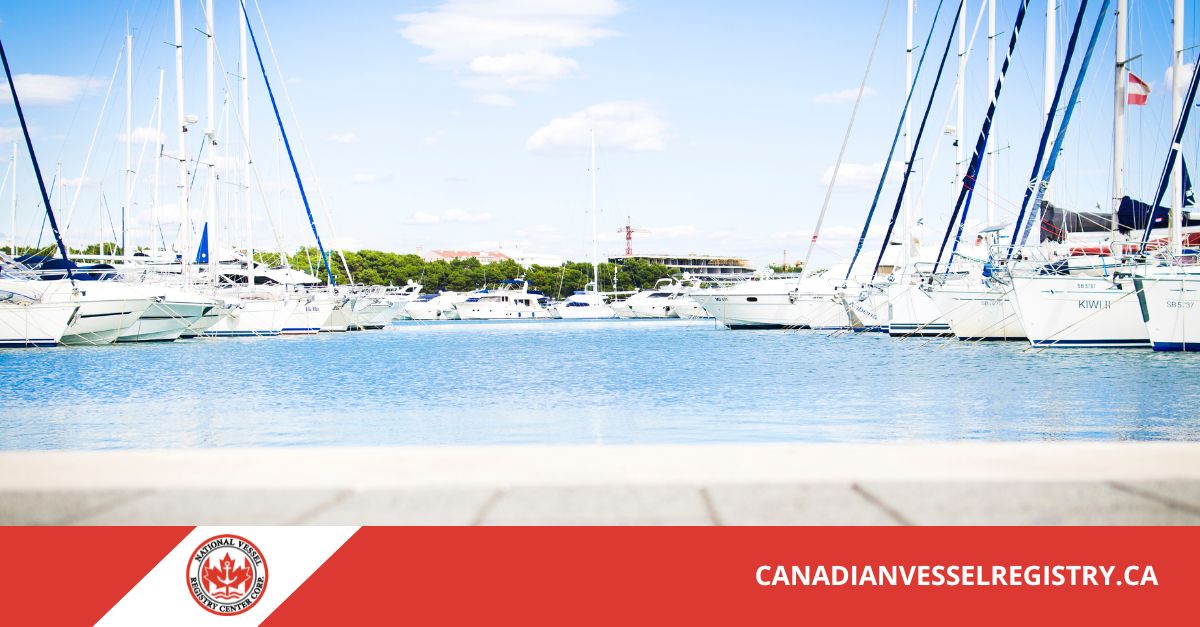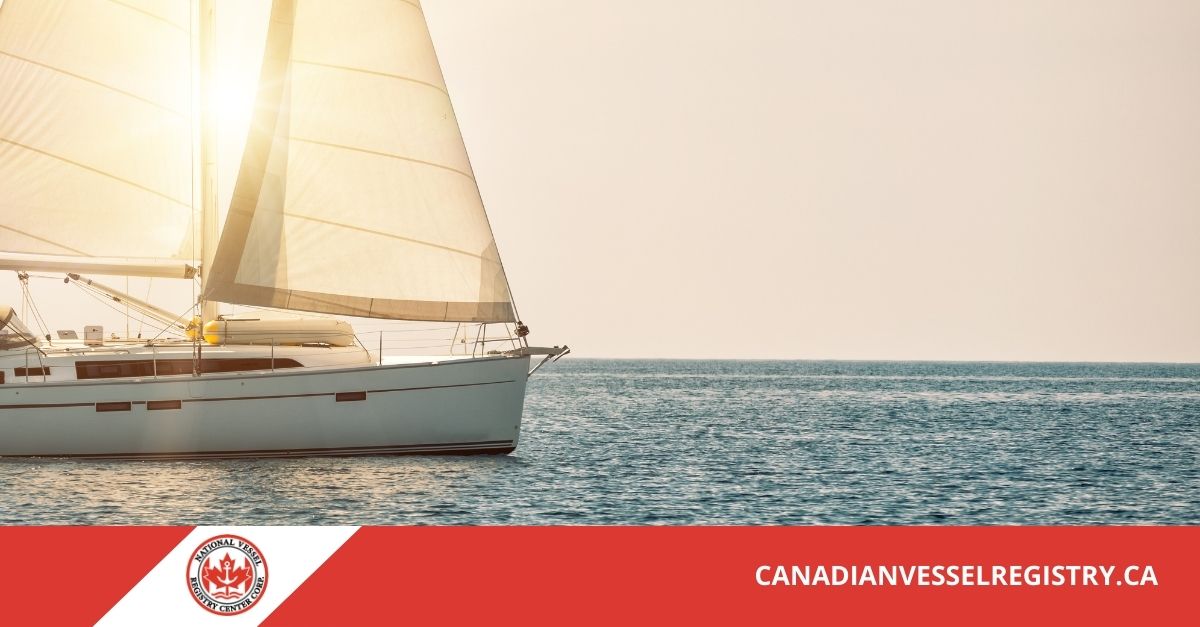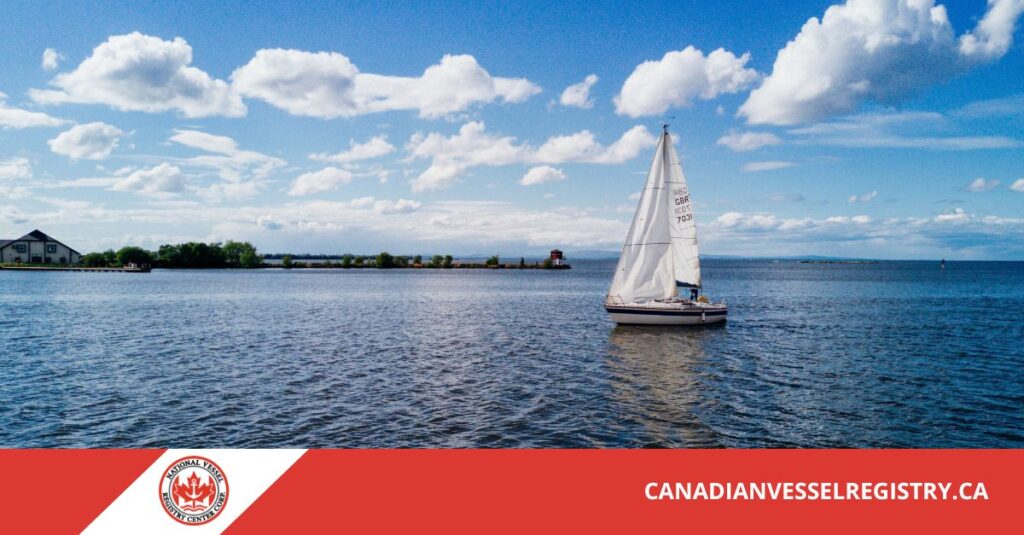Wearing a life jacket onboard is highly recommended at all times, but under current regulations tied to a pleasure craft licence a person isn’t strictly required to have it on their body continuously—as long as the approved life jacket or personal flotation device is onboard and within reach for each person.

Canadian law mandates that licensed recreational vessels must carry appropriate flotation devices even if don’t require constant wear. Knowing when and where you don’t need to wear it helps inform safe and compliant behaviour.
Our service supports boaters who hold a pleasure craft licence by providing clear guidance on safety requirements, helping ensure you stay lawful while enjoying your vessel.
Why Life Jackets Must Be Onboard and Accessible
A pleasure craft licence requires that every person on board has access to a Transport Canada–approved life jacket or PFD that fits them properly and is in good condition. Regulations specify the device must remain on board in an accessible location at all times. Even if the person isn’t wearing it continuously, it must be immediately reachable.
Canadian regulations do not currently mandate continuous wear, except for specific situations. However, having the device on board fulfills licensing obligations for pleasure craft in Canada.
When It’s Acceptable Not to Wear a Life Jacket
It’s sometimes lawful not to wear your life jacket in certain conditions:
- When the vessel is stationary or anchored and everyone on board is stable and safe
• When conditions are calm, visibility is good, and water is confined—though still not recommended
• When the vessel has an enclosure and occupants are below deck, wearing is not required if the life jacket is accessible
These exceptions are limited and conditional. The tool is part of required compliance with a pleasure craft licence; misuse or poor judgment may still lead to enforcement if conditions change suddenly.
Situations Where Wearing a Life Jacket Is Strongly Advised
Certain scenarios make wearing a life jacket essential:
- Any time the vessel is underway (in motion), especially in open water
• When operating a personal watercraft like a PWC or jetski
• During adverse weather, rough water, or near cliffs and rapids
• With inexperienced passengers or young children aboard
Even though regulations may not mandate wear during calm periods, safety experts and Transport Canada emphasize use in these higher-risk environments.
Approved Life Jacket or PFD Requirements for Licensed Boats
Anyone operating a boat that requires a pleasure craft licence must ensure their vessel is equipped with proper flotation devices:
- One approved life jacket or PFD per person on board
• Proper sizing by weight and chest circumference
• Device in good, undamaged condition
• Approval labelling from Transport Canada, Canadian Coast Guard or Fisheries and Oceans Canada
Our service helps licence holders double‑check their safety compliance before heading out, ensuring the required equipment is properly documented.
Roles and Expectations Under the Pleasure Craft Licence
Holding a pleasure craft licence creates responsibilities beyond registration. You must keep a valid licence number visible on both sides of the bow, and carry required safety items—including life jackets—onboard at all times. While you’re not legally obligated to wear the device constantly, you must functionally support safety and accessibility.
If any situation places passengers at risk, enforcement officers may interpret “immediately accessible” broadly—wearing a life jacket may be expected even when regulations don’t strictly require it.
Risks of Not Wearing Life Jackets When Recommended
If someone is injured or goes missing while not wearing required safety gear, consequences may include:
- Voided insurance coverage due to non‑compliance
• Liability issues in case of accident
• Penalties of up to several hundred dollars under Transport Canada regulations
• Increased risk to life, as drowning-related fatalities often involve individuals not wearing life jackets
Having the right device onboard and understanding when wear is expected helps reduce risk—and ensures consistency with a pleasure craft licence.

When Wearing a Life Jacket is Mandatory
There are specific cases where wear is enforced, such as portable inflatable PFDs. Regulations state:
- Inflatable PFDs in open boats are only considered approved if they are worn on deck
• If not worn, enforcement officers may treat them as non‑compliant and issue fines
These rules hold because of the limitations and activation mechanisms of inflatable devices—they must be worn to be valid in emergencies.
Proper use and care of your flotation device
To ensure legal and effective use:
- Confirm each device is Transport Canada–approved and properly sized
• Avoid altering or repairing life jackets—unauthorized changes void approval
• Store devices away from sunlight and moisture and never use them as cushions or fenders
• Inspect for signs of wear, mold, broken straps or damage—and replace unsuitable devices promptly
Our portal helps pleasure craft licence holders label, log, and review equipment condition as part of licensing compliance.
Safety Standards Referenced by Regulations
Canadian boating laws—under the Small Vessel Regulations and Safety Equipment Regulations—require life jackets onboard all licensed pleasure craft. While they do not explicitly mandate wear at all times, they emphasize accessibility and approved equipment based on context and usage.
General expectation is that life jackets are worn when risk increases, consistent with advisory guidelines and Canadian recreational boating statistics. We also help licence holders navigate references to SOR‑2007‑126 for safety and equipment requirements to stay compliant.
How Our Service Supports Compliance and Safety
We support pleasure craft licence holders by:
offering access to forms for licence renewal or replacement
• explaining enforcement expectations in practical terms
We ensure that your vessel remains compliant with safety rules and properly equipped before hitting Canadian waters.
Frequently Asked Questions About Life Jacket Wear Rules
What if my passengers want to swim overboard without wearing a jacket?
Ensure jackets are readily available on the swim deck and remind passengers they’re still required to have devices on board—and encouraged for wear near the edge.
What about young children or non‐swimmers?
They are strongly encouraged—and often expected—to wear life jackets at all times even under calm conditions: safety experts note most boating fatalities involve non‑wearers
Do I need separate life jackets for tender boats or dinghies?
Yes. Any vessel towed or carried aboard your licensed boat must have its own PFDs for passengers.
Can I use inflatable PFDs instead of life jackets?
Only if they meet Transport Canada standards. Inflatable PFDs must be worn in open boats to be considered approved, otherwise non‑inflatable types are safer and more broadly accepted
Pleasure Craft Licence and Other Boat Documentation Forms
Even though a pleasure craft licence doesn’t legally require continuous wear, choosing to wear a life jacket in situations like underway operation, adverse conditions, or with vulnerable passengers shows responsibility and aligns with safety best practices. Keeping devices onboard in compliance with regulations is the first step—and wearing them when needed is the smart next one.
We help licence holders understand both the letter and practical expectations of boating safety so they can stay compliant, confident, and safe on the water. We do the same for those who opt for Canadian boat documentation, too.

